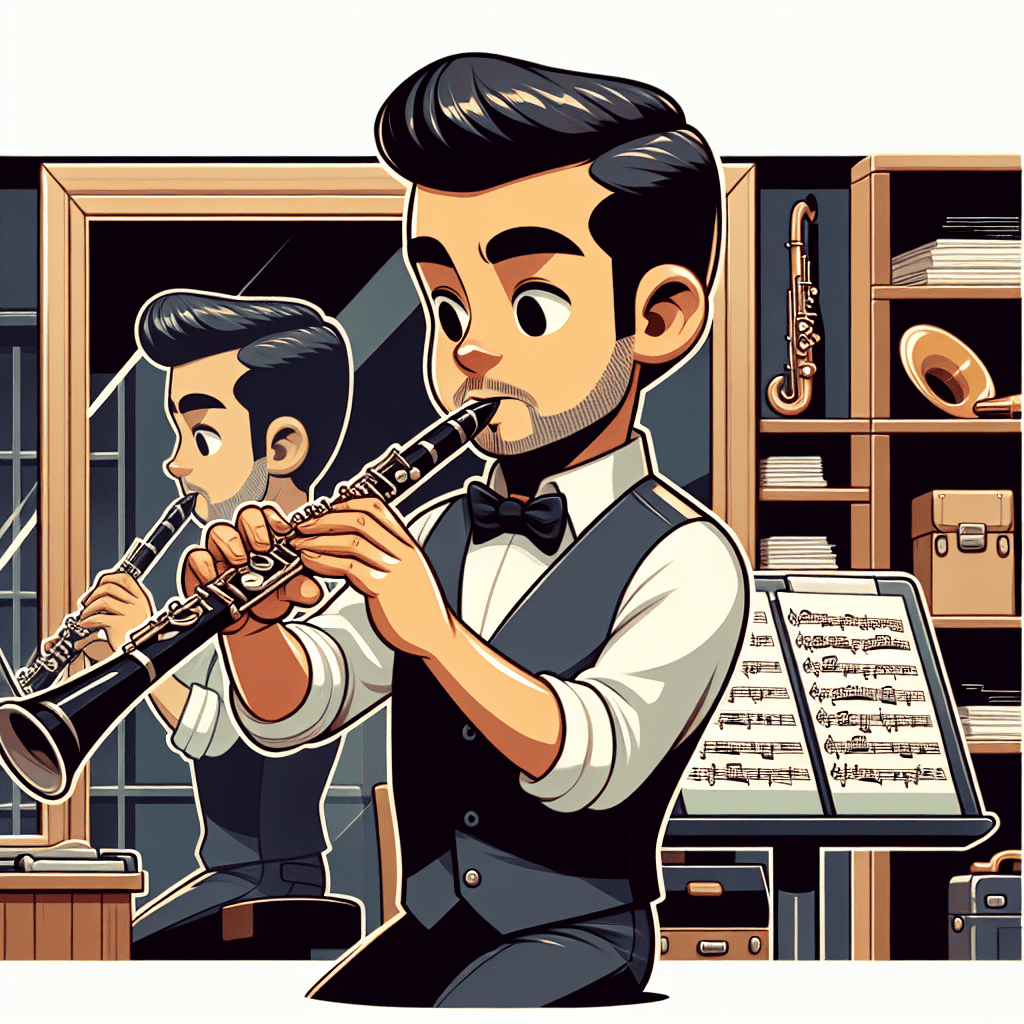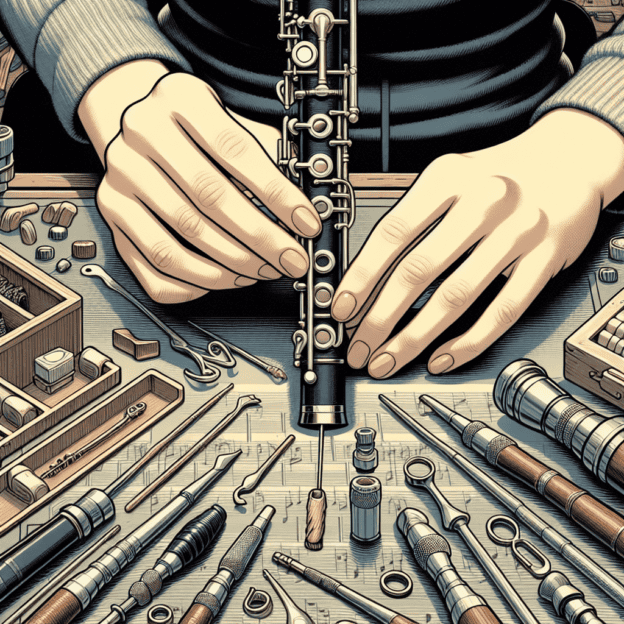Reed placement can make a significant difference in your clarinet's sound quality. It's a simple yet often overlooked aspect that can dramatically affect your tone. Whether you're just starting out or have years of experience, mastering reed placement is essential for improving your performance.
Every player is unique. Your embouchure, mouthpiece shape, reed quality, and even your clarinet brand all contribute to your sound. Martin Freres clarinets, with their rich history and reliable quality, serve as a great example for this discussion. Let's explore how you can find the perfect reed placement for your playing style.
The Basics of Reed Placement
At first glance, reed placement might seem simple. However, it's more than just attaching the reed to the mouthpiece and tightening the ligature. The position of your reed can significantly impact your tone, response, and even your clarinet's tuning.
Your reed should line up with the mouthpiece tip, neither extending too far nor falling short. A good way to check this is by holding your clarinet up to a light source. The reed's curve should closely match the mouthpiece tip's curve, forming an almost seamless line. If you notice gaps or misalignment, your reed might not vibrate effectively, leading to poor sound quality or inconsistent tone.
Common Mistakes Players Make
Everyone makes mistakes while learning. Here are some frequent reed placement errors that players often encounter:
- Placing the Reed Too Low: If your reed is positioned too far down the mouthpiece, you'll find it hard to get a good response. The reed might feel difficult to play or produce a muffled sound.
- Overextending the Reed: Conversely, pushing the reed too far up so it overlaps the mouthpiece tip can cause squeaks or uneven tuning. A squeaky clarinet is never pleasant!
- Uneven Alignment: If the reed is tilted to either side, you'll likely struggle to control your tone. This can lead to frustration during practice or performances.
Experimenting with small adjustments can significantly change your sound. Precision in placement can greatly enhance your audience's listening experience.
| Reed Placement | Effect on Sound |
|---|---|
| Too Low | Muffled sound, difficult to play |
| Too High | Squeaks, unbalanced tuning |
| Uneven | Difficulty controlling tone |
| Optimal | Clear, crisp sound with good response |
Tools to Help with Optimization
Sometimes, adjusting with your hands alone isn't enough. This is where specialized tools can be helpful. Some players use feeler gauges or reed pliers for more consistent alignment. However, if you own a high-quality clarinet like those from the Martin Freres range, you often only need a keen eye and steady hands.
Here's another useful tip: use a mirror. Practicing in front of a mirror provides a direct view of your reed and mouthpiece alignment. You'll be surprised at the small details you notice that can improve your overall setup.
How Reed Placement Impacts Tone
You might wonder, “What exactly does perfect placement do?” Well, it's all about the tone. A correctly placed reed ensures optimal vibration, resulting in crisp, clear notes. On the other hand, poor positioning can muffle or distort your timbre.
For example, you can often achieve a rich, tenor-like sound by slightly adjusting the reed up or down on the mouthpiece. Brighter tones, common in jazz or contemporary pieces, might require subtle shifts closer to the edge. Different music styles and individual clarinets may require different approaches. Many Martin Freres players praise the resonance their instruments produce when the reed is perfectly placed, allowing for a wide range of emotional expression.
Learning What Works for You
Each musician has a unique playing style. Consider your embouchure: Do you apply gentle, steady pressure on the reed, or do you tend to bite down more firmly? These factors can influence how you position your reed.
A good place to start is by trying different reed strengths. Softer reeds often need precise placement closer to the tip, while harder reeds might work better when set back slightly. Don't be afraid to switch between setups as you practice various pieces; flexibility is crucial in developing your signature sound.
Adjusting on the Fly
Performances, rehearsals, and jam sessions rarely go exactly as planned. Factors like humidity can affect how wood and reeds behave, making a previously perfect reed placement less effective. If your sound becomes airy or resistant, try moving your reed slightly up or down. Sometimes, this small adjustment can make a big difference.
Caring for Your Reed and Mouthpiece
No reed or mouthpiece setup will perform well without proper maintenance. Regularly clean your mouthpiece with lukewarm water to prevent buildup that could interfere with reed fit. For reeds, using several in rotation can extend their lifespan. You'll notice when a reed starts to play differently, allowing you to make adjustments before it becomes unusable.
Finally, invest in a high-quality ligature that securely holds your reed without overtightening. This ensures proper reed vibration and prevents accidental damage during setup. Taking good care of your equipment is cost-effective in the long run.
Wrapping Up
Your sound begins with your setup. By perfecting your reed and mouthpiece alignment, you'll discover the nuances that make you stand out as a clarinetist. Whether you play a beloved Martin Freres clarinet or another quality instrument, mastering this fundamental skill will enhance your performances and boost your confidence.
Dedicate time to experiment, troubleshoot, and customize your setup—your audience will appreciate the difference. You might even find joy in the process as part of your musical journey. After all, isn't music all about exploration and discovery?







